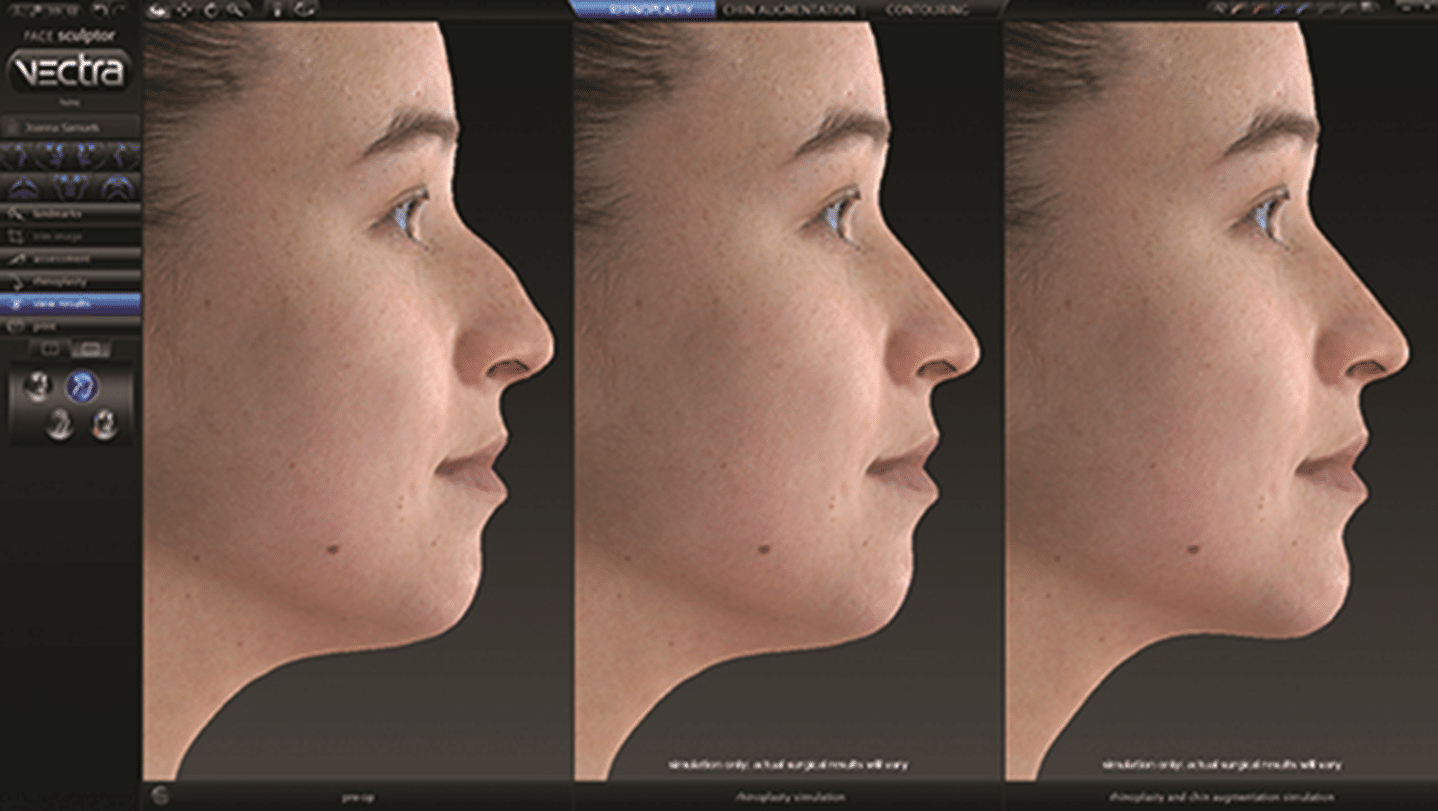Rhinoplasty
Rhinoplasty
Although these are most commonly viewed as cosmetic procedures this surgery can have medical benefits and sometimes breathing difficulties can be corrected at the same time.
The nose is the central feature of the face, and for many people the shape and size of their nose is extremely important. The characteristics of the nose are inherited from parents and develop during adolescent years, which continues until the age of 16 -18, at which point the nose is fully developed and has its final shape.
This refers to a procedure in which the nose is made smaller. In this case the surgeon will normally make incisions inside your nostrils to reach the bone and cartilage. This is referred to as a ‘closed rhinoplasty’, the beauty of this is that there are no visible scars. Generally, this procedure is quicker, results in less swelling and bruising and requires a shorter recovery period. In some cases, this may not be an option however this will be discussed with the surgeon at your initial consultation.
In other cases, the surgeon may also make a cut across the skin between the nostrils on the underside of the nose. This technique is called an ‘open rhinoplasty’ and will give equally good results however it will leave a visible scar. By doing this it allows the surgeon greater scope to remove / rearrange the bone and cartilage to change the overall shape of the nose. The surgeon does not need to touch the skin over your nose which will adapt quickly to the nose’s new shape.
One other consideration is the shape and size of the nostrils to ensure all features of the nose remain in proportion. This is likely to require cuts in the skin at the side of the nostrils which may leave fine scars.
Whenever you alter elements of your face it’s important that they stay in balance with your other features, so that a natural, overall pleasing look can be achieved.
In some cases, it is only the tip or end of the nose that requires to be adjusted and this procedure is referred to as a “Rhino Tip”, There are several categories of nose tip issues as follows:
Most of these corrective procedures involve reshaping the skin, fat or cartilage at the end of the nose and as required excess skin is removed from the tip or the alar base. Wherever possible surgery is done inside the nose to minimise scarring and normally it is done under local anaesthetic with sedation, but your surgeon would discuss this prior to surgery.
In some cases, patients may require that their nose is made larger, and as above where possible surgery will be carried out inside the nose or between your nostrils on the underside of the nose. The surgeon will then reshape your bone and cartilage and in some cases, may need to use extra bone or cartilage to build up your nose. This procedure is referred to as a “graft”. These items are normally harvested from the patient themselves during the procedure with cartilage normally from the ears, and bone is taken from a range of potential sites on the body.
Depending on what is required and taking into account the state of the patient’s nose prior to surgery the surgeon may use implants, but this will be discussed and agreed prior to proceeding with surgery.
In conjunction with our partners at the Elanic clinic we have access to one of the few Vectra imaging systems in Scotland. Based at our Glasgow clinic this highly sophisticated piece of equipment is widely acknowledged to be the most accurate device for measuring your nasal features and allows us to discuss in depth with you what we can and can’t do. It also allows us to give you an idea of how your new nose will look after the surgery. We can also look at other features on your face which can affect the appearance of your nose, such as the shape of your chin and eyes.

If you would like to make an enquiry for a Rhinoplasty consultation at our Glasgow clinic please call our team on 0141 328 3135 or simply complete our Enquiry Form and a member of our team will return your call at a time of your choosing.